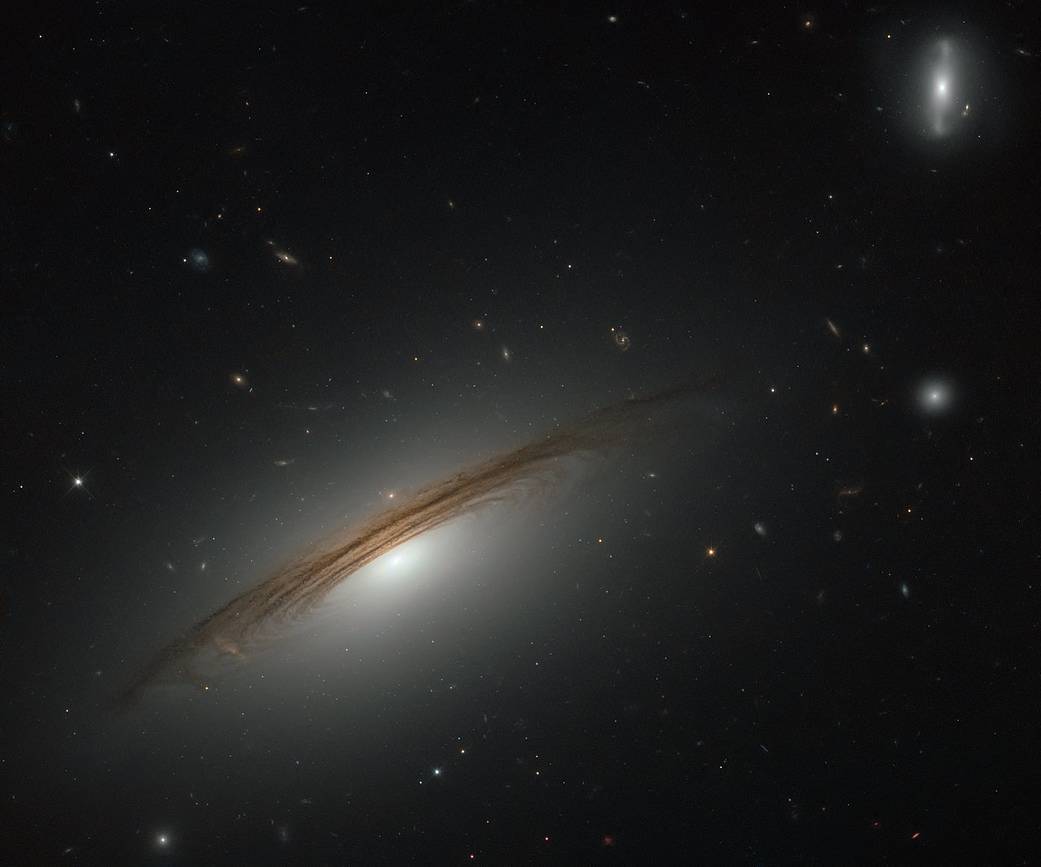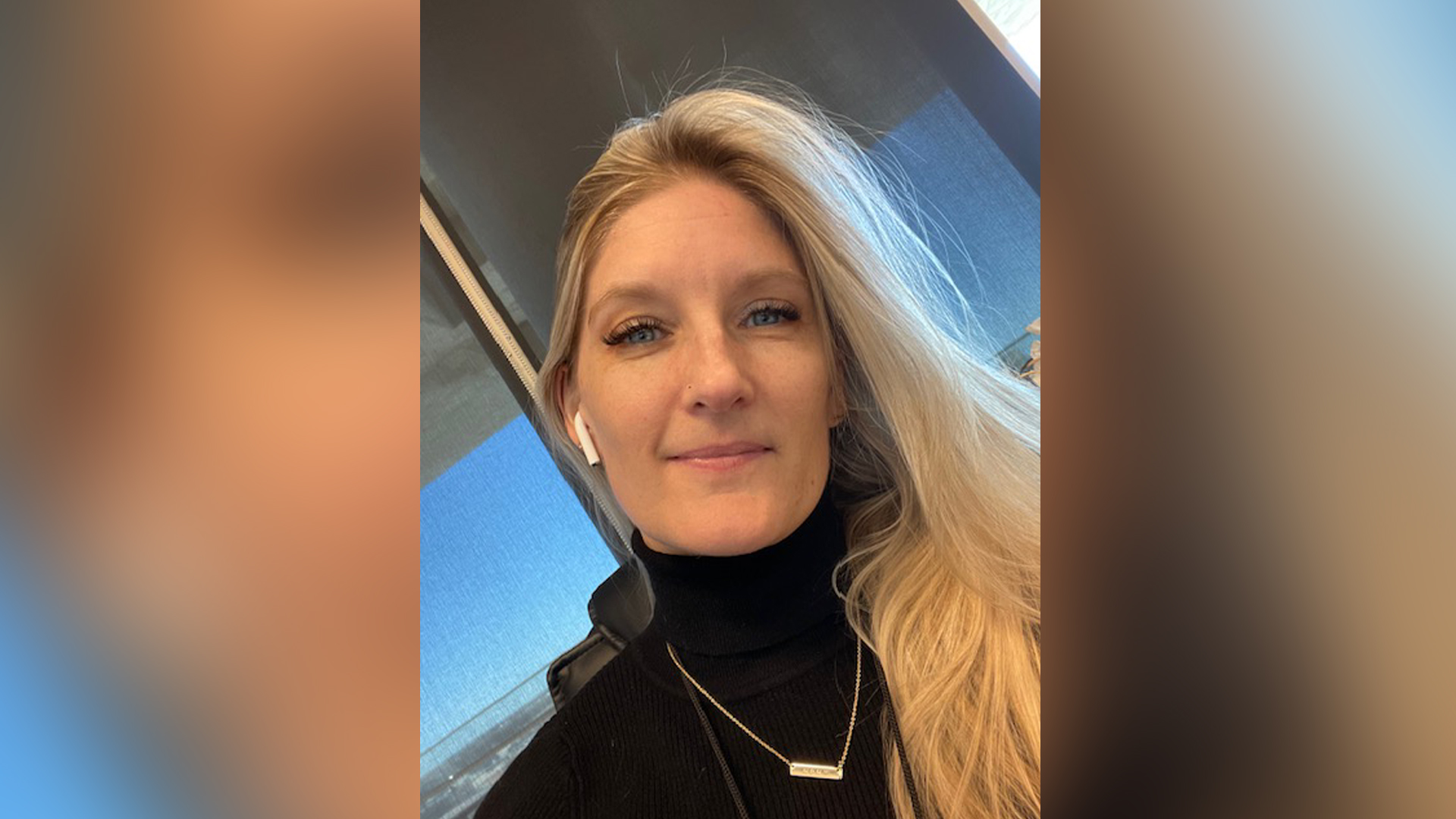Hubble Telescope Snaps Photo of Massive (and Weird) Hybrid Galaxy

The Hubble Space Telescope has captured an amazing view of a strange hybrid galaxy 400 million light-years away.
The galaxy, called UGC 12591, is odd because it's a cross between a typical lenticular and spiral galaxy. It is located in the westernmost reaches of the Pisces-Perseus Supercluster - a vast chain of galaxy clusters that extends across hundreds of millions of light-years. The galaxy is also a fast spinner, rotating at a mind-boggling 1.1 million mph (1.8 million km/h), according to a NASA description. [8 Galaxies With Really Weird Names]
"The galaxy itself is also extraordinary: it is incredibly massive," NASA officials wrote in an image description. The galaxy and its halo together contain several hundred billion times the mass of the sun; four times mass of the Milky Way."
Using the Hubble Space Telescope astronomers are beginning to understand the mass of UGC 12951, NASA officials added. Scientists are using data from Hubble to establish whether the monster galaxy formed and stretched over time, or if it was formed from two large galaxies colliding at some point in the distant past, they added.
The Pisces-Perseus Supercluster of galaxy clusters, which UGC 12951 calls home, is one of the largest known structures in the universe, NASA officials added.
You can follow us @Spacedotcom and on Facebook & Google+. Original story on Space.com.
Get the Space.com Newsletter
Breaking space news, the latest updates on rocket launches, skywatching events and more!
Join our Space Forums to keep talking space on the latest missions, night sky and more! And if you have a news tip, correction or comment, let us know at: community@space.com.

Christine Lunsford joined the Space.com team in 2010 as a freelance producer and later became a contributing writer, covering astrophotography images, astronomy photos and amazing space galleries and more. During her more than 10 years with Space.com, oversaw the site's monthly skywatching updates and produced overnight features and stories on the latest space discoveries. She enjoys learning about subjects of all kinds.









